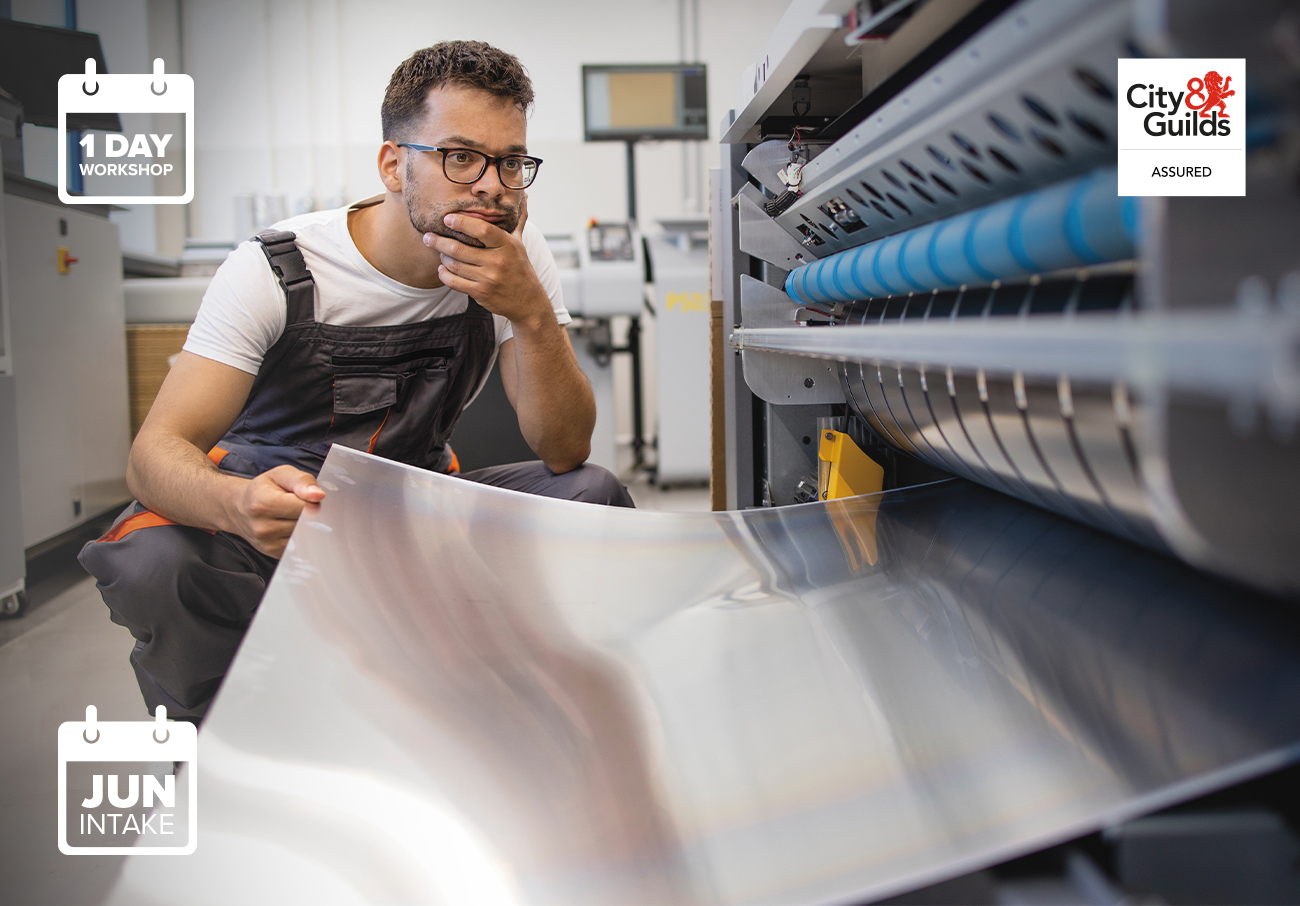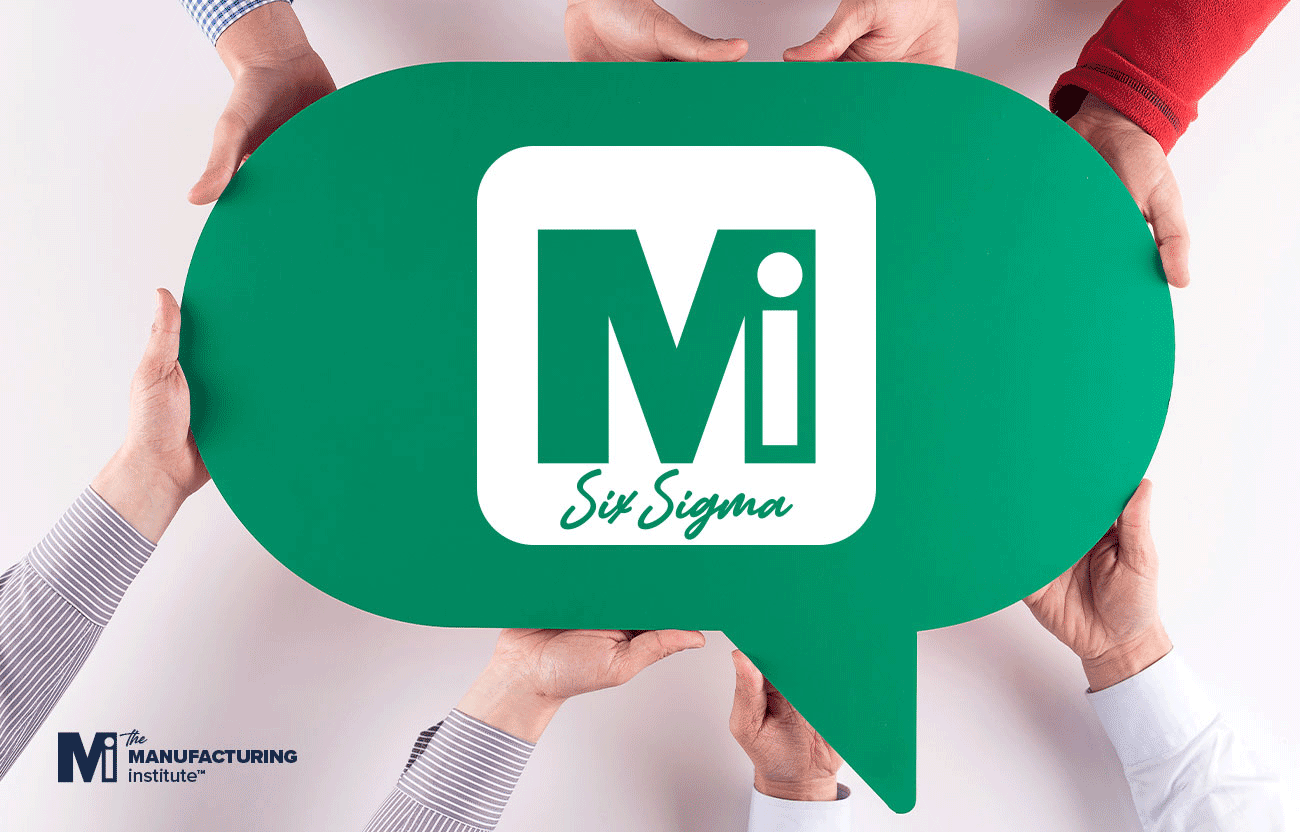
How To Transition From Complexity To Simplicity
‘Keep it simple’. ‘Less is more’. These phrases are often uttered in businesses, but it’s quite rare that they’re followed. In fact, reality shows we don’t value simplicity – instead, we appear to hold complexity in much higher regard.
This is despite the fact that a 2019 Deloitte Insights survey revealed that 81% of leaders cited complexity as their biggest challenge – complexity makes it difficult for both the organisation and its people to be successful. Costing businesses between 10% and 40% in profits, it’s evidently an issue, yet it’s hard for us to keep things simple.
The Manufacturing Institute’s Leadership and Enterprise Excellence Coach, Adam Buckley, is here to help. Below, he guides you on how to transition effectively from complexity to simplicity.
How complexity manifests
Initially, we must understand how complexity comes about in the first place. Whilst there are external complexities that we have to deal with by default (such as technology, market developments and the environment), we create our own internal ones too. These are not only caused by how we react to these external complications, but also unconsciously as a result of our own organisational design and approach to improvement.
Rather than adapting and removing some of the complexity, we instinctively ‘add to’ it. Let me explain the main four manifestations:
- Evolution – Every time there’s an error, the relevant process is added to with the likes of a new rule or procedure. These temporary workarounds become the norm.
- Specialists – Over-intellectualising and overengineering to catch all eventualities.
- Mistrust – Elaborate systems and rules are implemented to control or protect people, but this discourages free thinking. It’s about compliance rather than creativity.
- Results-focus – Short-termism that leads to quick wins and ‘silver bullets’ rather than sustainable solutions.
Other common triggers of complexity are wasting human resources on firefighting, thinking in silos and slow decision-making, which result in a lack of agility and engagement.
Thankfully, we can transition to simplicity – as long as we don’t try to make things simple…
Why you need to transition to simplicity
True simplicity actually follows complexity. See, whilst things may be simple to start with, they soon reach complexity. It is at this point that you can transform it into enlightened and elegant simplicity.
You need to appreciate that simplicity must travel beyond complexity. It should be enlightened in the sense that it’s informed and deep in the knowledge of understanding and experience. Until we have that, we can’t create simplicity.
However, I’ve found that many businesses are hindered by complexity and accept this as a consequence of the way we do business. You cannot afford to do this. You need to face the challenge of creating simplicity, and the most crucial part of this is changing mindset.
The conventional mindset
Most businesses have a hierarchical structure – one that’s rigid, centralised, controls people, and is slow to react. The conventional mindset has a closed system by not seeking to engage with its environment or customers – it is producer-centric.
This is wrong. We shouldn’t see businesses as structures and systems. In fact, they don’t exist. They’re not physical things. Think about it: they’re people working together using physical resources with a purpose. And so the focus should shift from structures and systems to people and collaboration.
The social mindset
Throw defined rules, controls and responsibilities out the window, and view organisations as a kind of social network instead.
A business’ ability to add value for its customers actually hinges on its people. With a social mindset, you create opportunities and the environment for collaboration and innovation. Organisations will be able to be adaptable and responsive, being open to and leading change. That is where we can get simplicity.
However, there are barriers we face in achieving this: trusting people and ego.
Realising the importance of trust
When managers don’t trust their employees, complexity ensues because we feel we need to control people. Often, though, this mistrust is unfounded.
The coronavirus pandemic demonstrated that staff don’t have to be in front of their managers to maintain results. In fact, there were plenty of businesses who discovered better results. The learning? We can trust team members to stand up and take ownership.
Leaders and managers need to let go, and push decision-making further down the business. They should build an environment where people are allowed to make mistakes, and help them to learn from them. This will offer them the opportunity to make decisions, share ideas and contributions, and bring these to life via co-creation – having a beneficial knock-on effect to engagement with the business.
Simplicity is about creating the right environment. It’s not about management – it’s focused on people-centred leadership and change. The key is appealing to the hearts of people, rather than trying to target their brains through rules, compliance and processes; an emotional commitment iswhere you get real engagement from.
It’s ultimately all down to shifting mindset from management and controlling, to leadership and enabling. Our leadership development bootcamp has been designed to transform your managers into leaders. It provides the tools and skills to transition your business from complexity to simplicity, improving conflict management and boosting staff retention and morale along the way. Your leaders will be able to reach business goals and drive a stronger ROI.
You can find out more about the virtual bootcamp by speaking to our team.











